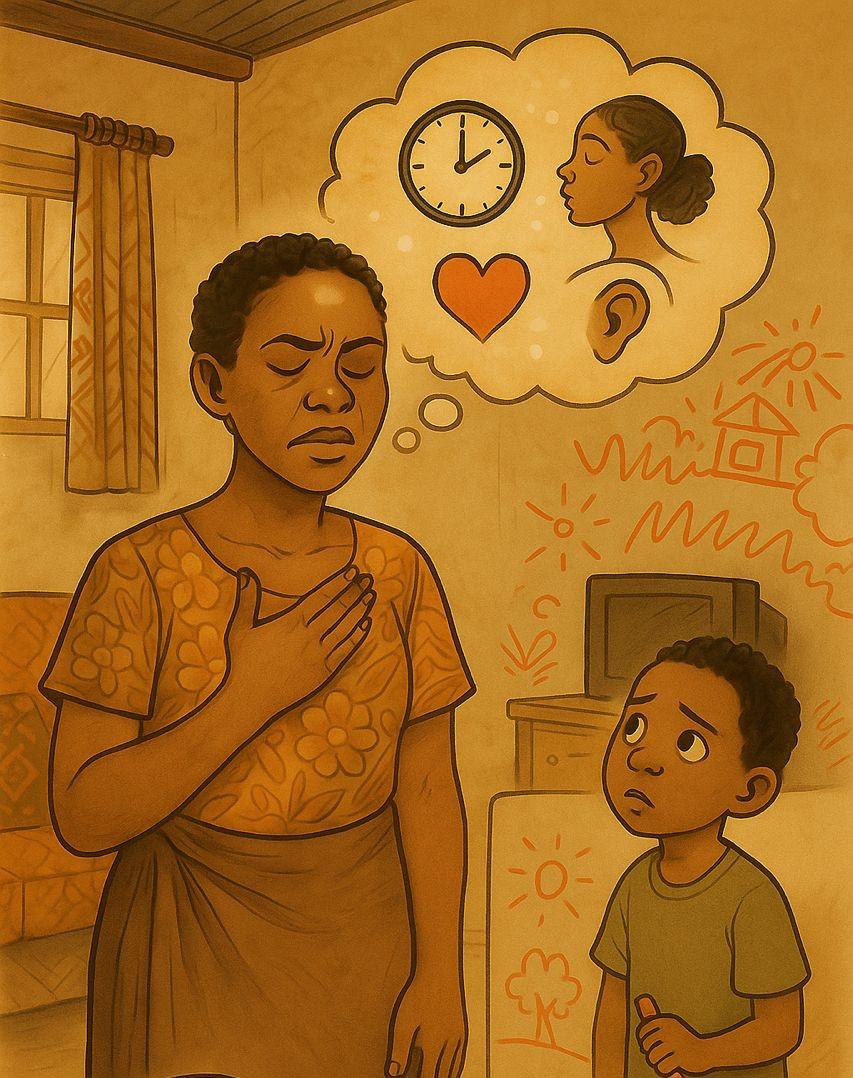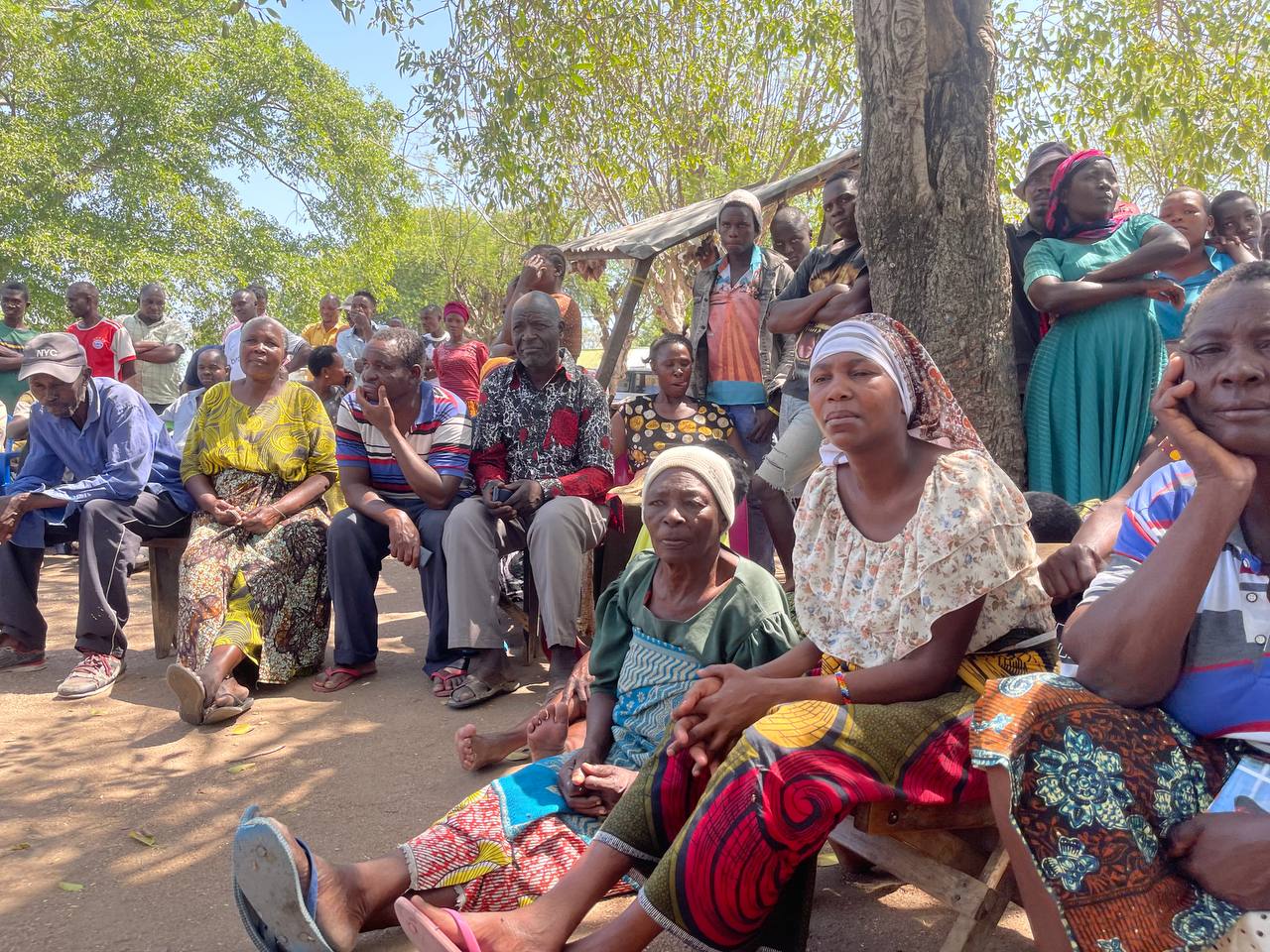Violence against women encompasses a wide array of harmful acts, ranging from verbal harassment and emotional abuse to severe physical and sexual assault. At its most extreme, this violence manifests as femicide: the intentional murder of women because they are women. Despite its alarming prevalence, our understanding of femicide remains limited, largely due to inadequate data collection and reporting.
Femicide is typically understood as the misogynistic killing of women by men, often by intimate partners such as current or former husbands, boyfriends, or same-sex partners. However, broader definitions include any killings of women or girls. Femicide differs from male homicide in significant ways; it often involves ongoing domestic abuse, threats, intimidation, and sexual violence, highlighting the power imbalances between perpetrators and victims.
Accurate documentation of femicide is challenging. In many countries, police and medical records do not specify the relationship between victim and perpetrator, nor do they always indicate whether gender-related motives were involved. This lack of detailed reporting hampers efforts to fully understand and address the issue.
Legal and Human Rights Centre (LHRC) Femicide report underscores the urgency of this matter, revealing alarming statistics regarding gender-related killings of women and girls in Tanzania.
A concerning trend
Despite the lack of a national definition of femicide and standardised data, Tanzania’s Director of Criminal Investigation (DCI) report, cited in the LHRC report, highlights a concerning trend. Over the past five years (2018 – September 2022), 2,438 women were tragically killed, averaging 492 women per year and 43 women per month.
Shockingly, the data from September 2022 indicates a distressing increase, with 53 women killed per month, marking a significant rise from previous years.
READ MORE: Is My Gender a Scary Thing to Make Me Die?
Also, in its 2023 Human Rights Report, LHRC documented 50 intimate partner homicides (IPH) in 2023. The IPH incidents documented by LHRC in 2023 were reported in Tanga, Kilimanjaro, Arusha, Geita, Mbeya, Tabora, Kagera, Mwanza, Simiyu, Dar es Salaam, Songwe, Mara, Dodoma, Manyara, Iringa, Rukwa, Njombe, and Morogoro. Half of the incidents were reported in the Northern Zone and Lake Zone, while the remaining half were reported in other zones.
According to the LHRC Femicide Report, Gender-Based Violence (GBV) is widespread and common practice in Tanzania. Data obtained revealed that 40 per cent of women and girls in Tanzania aged 15-49 have experienced physical violence and 17 per cent sexual violence in their lifetime.
A violence against children survey found that 27.9 per cent of girls had experienced sexual violence before their 18th birthday. Likewise, the Tanzania Demographic Health Survey and Malaria Indicator Survey (2015-16) showed that the Lake Zone has a higher violence prevalence than the rest of Tanzania Mainland.
Some of the examples cited were spouse violence ranges at 78 per cent in both Mara and Shinyanga and 60 per cent in Mwanza regions, while in Pemba/ Zanzibar’s prevalence rate is between eight and nine per cent.
In Arusha, for example, about eight women have been killed and then their dead bodies thrown into the barracks by unknown perpetrators since January 2018. In Tanzania, the difference in earnings between abused and non-abused women amounted to 1.22 per cent of the country’s gross domestic product.
The concept
The term femicide was first introduced by South African feminist and writer Diana Russell in 1976, with a more explicit definition provided in 1992 by Russell and Jill Radford as “the misogynistic killing of women by men.”
READ MORE: Rights Body Calls for Enactment of Domestic Violence Law
Researchers Jacquelyn Campbell and Carol Runyan later expanded this definition to include all killings of women, regardless of motive or perpetrator status, removing the need to clarify the relationships before classifying murders as femicide.
Studies from various countries highlight the pervasive nature of femicide. For instance, in South Africa, it is estimated that a woman is killed by her intimate partner every six hours. In Zimbabwe, many femicides of older women involve accusations of witchcraft by male relatives. In Tanzania, femicide is often documented as normal death, making it difficult to separate these cases from general murder statistics.
In 2013, the Commission on Crime Prevention and Criminal Justice adopted the Vienna Declaration on Femicide, urging member states to take action to prevent femicide, provide legal protection and remedies for survivors of violence, and ensure thorough investigation and prosecution of femicide cases.
This declaration emphasised that cultural traditions cannot justify violations of women’s rights, particularly the right to life and freedom from violence.
Femicide manifests in various forms, including:
- Intimate Femicide: The killing of women by current or former intimate partners. World Health Organisation (WHO) researches show that over 35 per cent of female murders globally are committed by intimate partners.
- Honour Killings: Murders committed to protecting or restoring family honour, often involving accusations of sexual transgressions.
- Witchcraft-related Femicide: Killings of women accused of witchcraft, prevalent in certain regions of Tanzania.
- Non-intimate Femicide: Murders by individuals without an intimate relationship with the victim, often involving sexual violence.
LHRC has found that several factors contribute to the high rates of femicide in Tanzania, including unemployment, poverty, problematic alcohol use, mental health issues, and deeply ingrained gender inequality. Cultural beliefs in witchcraft and harmful traditional practices like female genital mutilation (FGM) also play significant roles.
Needed interventions
LHRC recommendations on how to address and reduce femicide in Tanzania include the need for strengthening surveillance and screening and enhancing data collection and reporting on femicide and intimate partner violence.
READ MORE: ‘Outrageous’: DC Sparks Fury After Hitting a Girl, Causing Her Serious Injuries
The organisation also urges continuous research to understand the prevalence and causes of femicide, raise awareness, and educate communities, police, and healthcare providers about the importance of documenting and addressing femicide.
LHRC also calls for legislative action to combat gender-based violence and femicide. It also recommends increasing resources by expanding police presence and gender desks, especially in rural areas, to improve response and support for victims.
Femicide is a grave violation of women’s rights, demanding urgent attention and action. By documenting and understanding femicide, we can develop targeted interventions to protect women, prosecute perpetrators, and ultimately eradicate this extreme form of violence.
Getrude S. Dyabene is a Senior Program Officer for Women, Children, and People With Disabilities at the Legal and Human Rights Centre (LHRC). She can be reached at gdyabene@humanrights.or.tz. The opinions expressed here are the writer’s own and do not necessarily reflect those of The Chanzo. If you are interested in publishing in this space, please contact our editors at editor@thechanzo.com.




